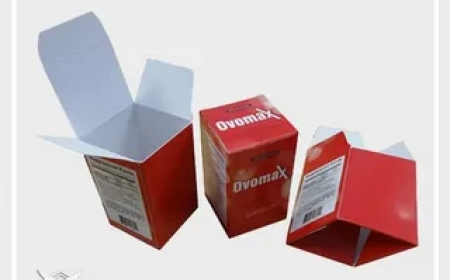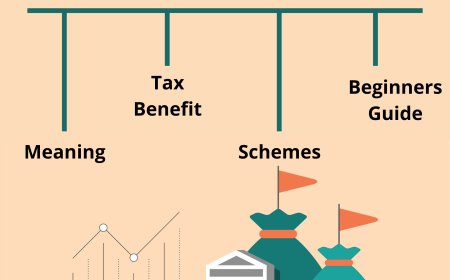Repowering Used Motor Graders for Extended Performance
Repowering used motor graders boosts performance, extends lifespan, and ensures compliance with modern emissions using cost-effective engine solutions.

Breathing New Life into Old Graders
There comes a point in the lifecycle of any hardworking motor grader when performance starts to lag. It may still run, but the once-smooth operation feels strained, fuel efficiency begins to drop, and reliability becomes more of a gamble than a guarantee. For contractors working with tight budgets or managing a mixed fleet, replacing the entire machine may not be a practical option. Thats where repowering steps in. Repowering used motor graders, through either a complete engine replacement or an extensive overhaul, can significantly extend the machines life while improving performance and emissions. Its a strategic move that more fleet owners are considering as they look to get more from their investments.
When Is Repowering the Right Option?
The decision to repower isnt made on a whim. It often begins when the signs of engine fatigue become unavoidable, excessive smoke, low compression, hard starts, overheating, or simply sluggish operation under load. But rather than rushing to buy a new or newer machine, its worth taking a step back. If the graders frame, transmission, and hydraulic system are still in good shape, investing in a new powerplant could cost far less than a full replacement. In fact, a well-timed repower can be a smart middle ground between another patch-up repair and buying an entirely different unit. Of course, its essential to conduct a full evaluation of the graders overall health before committing.
The Payoff: Why Repowering Makes Sense
The process of repowering used motor graders can bring several advantages, and the first one is the enhancement of fuel economy and the increase in horsepower. The older engines were just not constructed as precisely as newer engines, and as they age, they consume more fuel and produce less torque. Replacing the engine with a new or rebuilt one can help the machine approach modern performance levels, not only returning output but frequently increasing it. Also, the machine can be retrofitted to a Tier 3 or Tier 4 emissions-compliant engine to make it compliant with environmental regulations, which is becoming a concern on publicly or government-funded work. Most of the time, after a repower, the resale value of the grader goes up as well, which makes it a win in both terms of operation and investment.
Overhaul or Replacement: Which Path to Take?
After deciding to repower, the next thing is to select the appropriate method. In other instances, an in-frame rebuild might suffice- this is where the engine block is not removed but rather the important internal parts, such as pistons, liners, and bearings, are replaced. In more severe cases of wear or where the engine block is damaged, an out-of-frame rebuild or a complete engine replacement may be required. This leaves the opportunity to utilize OEM remanufactured engines, which are frequently less expensive and have factory warranties, or to find new drop-in engines that are specific to the grader model. One can also use used engines, although they are riskier unless their history and condition are properly documented.
Making Sure Everything Fits Together
Repowering is not simply replacing an engine and turning on the machine. Compatibility matters. The new engine must be compatible with the grader drivetrain, electronics, cooling, and mounting points. The newer engines, particularly those that have emissions systems and ECUs (electronic control units), may need software integration or changes to the existing harnesses of the grader. This is where the partnership with OEMs or certified diesel shops will be rewarded. They know how to set engine parameters, calibrate sensors, and make sure that the hydraulics and electronics of the grader are responsive and safe. Failure to take this step may result in even more downtime and increased expense, not to mention the frustration of the operators.
Emissions Compliance: A Key Motivator
A significant factor that has led to the repowering of used motor graders by many contractors is the increasing emissions standards. Some construction equipment must be compliant to a certain level of emissions, depending on the region, some job sites, or municipalities. Upgrading an existing Tier 1 engine to a Tier 4 Final engine may prevent project limitations, penalties, or loss of employment. In certain regions, even incentives or grants are provided to cover the cost of emissions-related upgrades. Although the implementation of cleaner engines in older frames is a process that requires planning and expertise, it is worth the long-term viability and jobsite eligibility.
Looking at the Numbers: Budgeting and ROI
Okay, let us discuss figures. The total cost of replacing an engine of a mid-sized motor grader can range between 25,000 and 50,000 dollars, depending on the model, labour, and the type of engine. That is a big investment, but it is still much less than buying a new grader, which may cost up to 250,000 dollars. A repower can be expected to be down between one and three weeks, particularly when parts and installation are planned properly. Improved fuel economy, fewer breakdowns, and improved performance make the ROI on repowering work out in 12 to 24 months in the eyes of many contractors. And when you are getting the useful life of a machine that you are already familiar with and trust, that extra peace of mind is difficult to surpass.
Repowering as a Long-Term Fleet Strategy
Repowering a used motor grader is not merely a repair in the greater scheme of things; it is a strategic decision that helps to promote sustainability, cost management, and business continuity. It can give a new lease of life to a machine that has plenty to offer with a bit of careful planning, the right parts, and professional installation. In the search for smarter solutions to manage aging fleets without having to continually purchase new equipment, repowering provides a clear solution as construction companies seek to be smarter in the management of their aging fleets. It is not about repairing an old engine, but it is about creating a better future with what you have.

















































